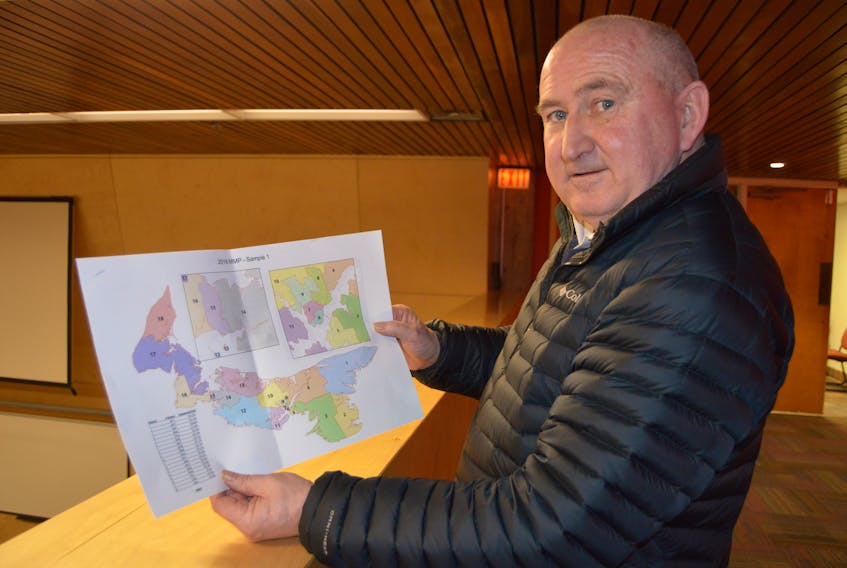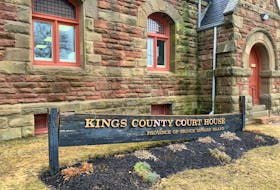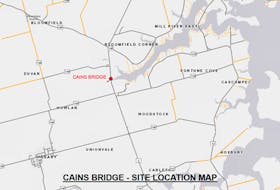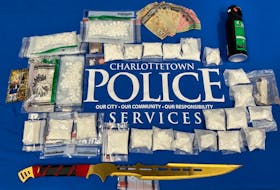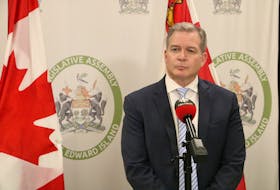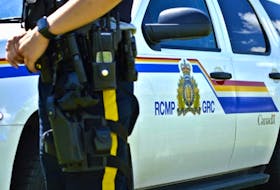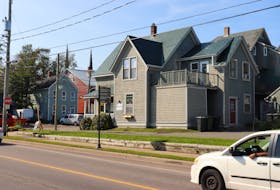Derek Smith of Stratford says he wants to be able to make an informed decision when it comes time to vote again on electoral reform.
That’s why he made it a point to get to the MacKinnon Lecture Theatre at Holland College in Charlottetown Thursday evening as the Electoral Boundaries Commission made its second of five stops in its provincewide discussion on the two proposed mixed-member proportional maps for P.E.I.
“I just want to be prepared,” said Smith, who was one of about 60 people at the public input meeting.
“I studied the last one and I voted in the last one and I want to make an informed decision, and so does my wife.”
The sample maps involve 18 electoral districts with one map seeing a greater variation. District 16 is the smallest district in both maps.
The commission was tasked in December with creating a map showing what P.E.I. would look like under a mixed-member proportional system. The map will be used as an educational tool for a referendum during the next provincial election.
Ivan MacArthur of Charlottetown, who was the first to take the microphone, wanted to know what percentage of the population in District 16 are francophone or Acadian.
‘We made inquiries, but we haven’t been successful,” responded chairman Gerard Mitchell.
Many other comments, questions and concerns were brought up by both members of the public and politicians.
Some wanted to know if the commission had given consideration to a special designation for Indigenous people while others wanted to know if industries were also considered or just population numbers, in creating the districts.
Some concerns included clusters of power in Districts 4-11, the lack of representing the nine remaining MLAs on the map and variances between districts.
Darcie Lanthier of Mermaid thinks the commission should make the municipal areas larger.
“We have a variance of 25 per cent, why are we not making those districts in Charlottetown, in Summerside and in Stratford larger because they also have that added level of government that a lot of the rural districts do not have.”
Emmett Doyle said he was satisfied with either map.
“I think you’ve done an excellent job in the way you represent the 18 districts,” said Doyle when he took his turn at the microphone as it was passed around the room.
Following the meeting, MacArthur said he found the evening to be educational.
“The maps were a good discussion tool, and it was a good crowd and they were engaged,” said MacArthur. “Overall, it was pretty informative to be part of the audience.”
The next meeting will be held at Athena Consolidated School in Summerside Feb. 15 at 6:30 p.m.
A copy of the sample maps can be found online at www.electoralboundaries.pe.ca
Fact Box:
Want to provide input on the two proposed mixed-member proportional maps for P.E.I.?
Visit www.electoralboundaries.pe.ca.
Twitter.com/MaureenElizaC

